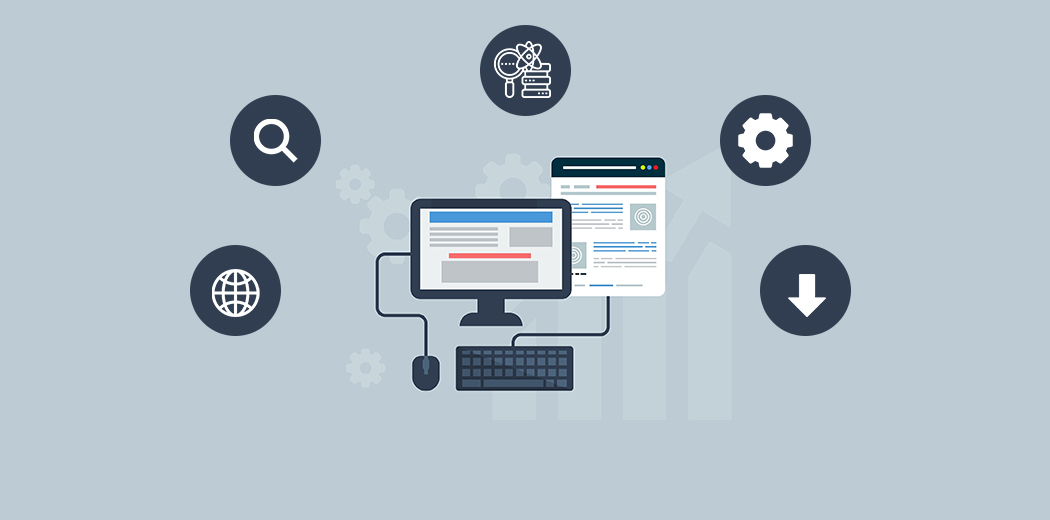An Expert Guide to Optimize Your Python Website for High Traffic
In the ever-evolving digital landscape, having a robust online presence is crucial for businesses. Python, a versatile and powerful programming language, is widely used for developing dynamic websites and applications. However, as your website gains traction and traffic, it’s essential to ensure that it can handle the increased load efficiently. This article delves into the strategies and techniques to scale Python websites, enabling them to manage high traffic effortlessly.
1. Understanding the Importance of Scalability
Scalability is the key to accommodating traffic spikes without compromising performance. Learn why it’s crucial for your Python website’s success.
2. Optimizing Code and Database
Explore methods to optimize your Python code and database queries for faster response times, enhancing user experience.
3. Utilizing Content Delivery Networks (CDNs)
Discover how CDNs distribute website content across multiple servers globally, reducing latency and speeding up the loading time.
4. Caching Strategies for Python Websites
Implement caching mechanisms to store frequently accessed data, reducing the server load and enhancing website responsiveness.
5. Load Balancing Techniques
Explore load balancing solutions that distribute incoming traffic across multiple servers, preventing server overload and ensuring consistent performance.
6. Database Sharding for Improved Efficiency
Learn about database sharding, a technique to horizontally partition databases, distributing the workload and enhancing database efficiency.
7. Asynchronous Programming with Python
Understand the benefits of asynchronous programming, allowing your Python website to handle multiple tasks simultaneously, improving responsiveness.
8. Serverless Architecture for Scalability
Explore serverless computing options, where functions are executed in a stateless environment, enabling seamless scalability without managing server infrastructure.
9. Monitoring and Scaling in Real-Time
Implement tools and practices for real-time monitoring of your Python website, enabling proactive scaling based on traffic patterns and user interactions.
10. Security Measures for Scalable Websites
Explore security best practices to protect your scalable Python website from potential threats, ensuring a safe user experience.
11. Mobile Optimization and Scalability
Understand the importance of mobile optimization and how it contributes to the scalability of your Python website, catering to mobile users effectively.
12. User Experience and Scalability
Delve into the correlation between user experience design and website scalability, ensuring that the scalability enhancements do not compromise user satisfaction.
13. Scaling E-commerce Platforms with Python
Explore specific strategies for scaling e-commerce websites developed with Python, addressing the unique challenges faced by online retailers.
14. Future-Proofing Your Python Website
Learn about emerging technologies and trends in web development, ensuring your Python website remains scalable and competitive in the future digital landscape.
15. Conclusion:
Scaling Python websites to handle high traffic is a complex yet crucial task in today’s digital landscape. With the right strategies, tools, and expertise, businesses can ensure seamless user experiences even under heavy loads. To achieve this, it’s imperative to hire Python developers proficient in optimizing performance, managing databases, and implementing efficient caching mechanisms. By investing in skilled professionals, businesses can navigate the challenges of high traffic scenarios, guaranteeing reliable and responsive online services for their users.
Frequently Asked Questions (FAQs)
Q1: Why is scalability important for my Python website?
Scalability ensures that your website can handle increased traffic and user interactions without compromising performance, providing a positive user experience even during traffic spikes.
Q2: How can caching improve my website’s scalability?
Caching stores frequently accessed data, reducing the server load and speeding up response times, making your website more scalable and responsive.
Q3: What role does mobile optimization play in website scalability?
Mobile optimization ensures that your website is accessible and functional on various devices, enhancing scalability by catering to a broader audience.
Q4: Is real-time monitoring necessary for scalable websites?
Yes, real-time monitoring allows you to analyze traffic patterns and user interactions, enabling proactive scaling measures to handle changing demands effectively.
Q5: How can I future-proof my Python website’s scalability?
Stay updated with emerging technologies, trends, and best practices in web development. Regularly assess your website’s performance and scalability, making necessary adjustments to align with the latest advancements.




